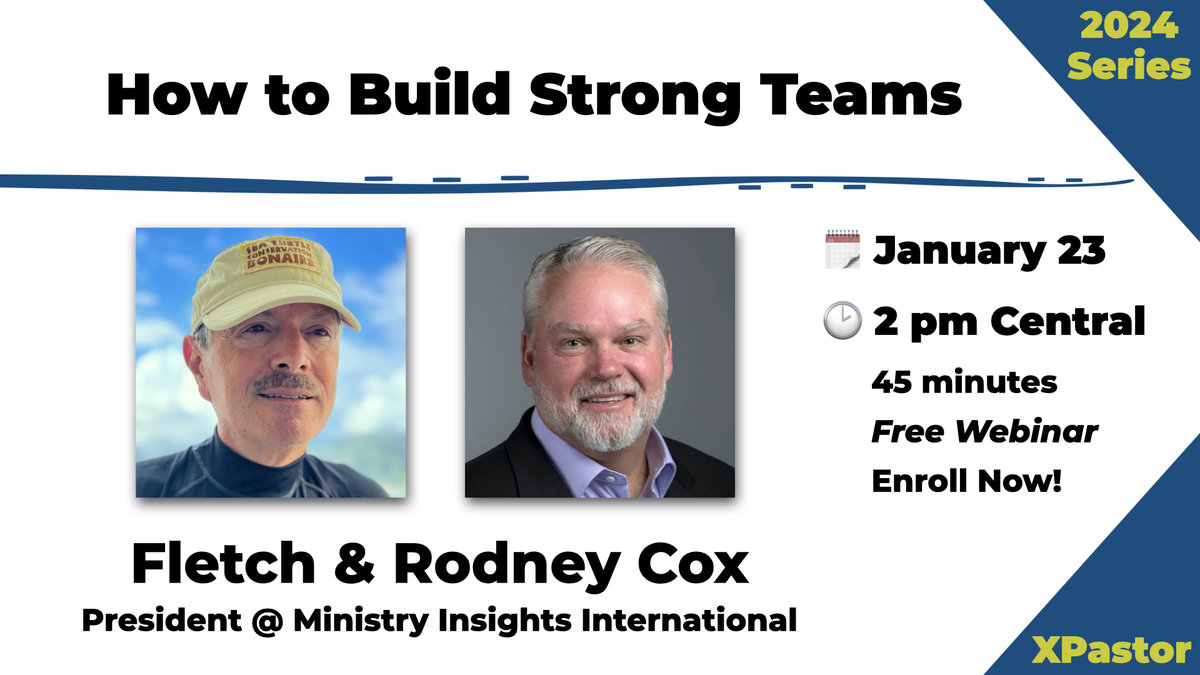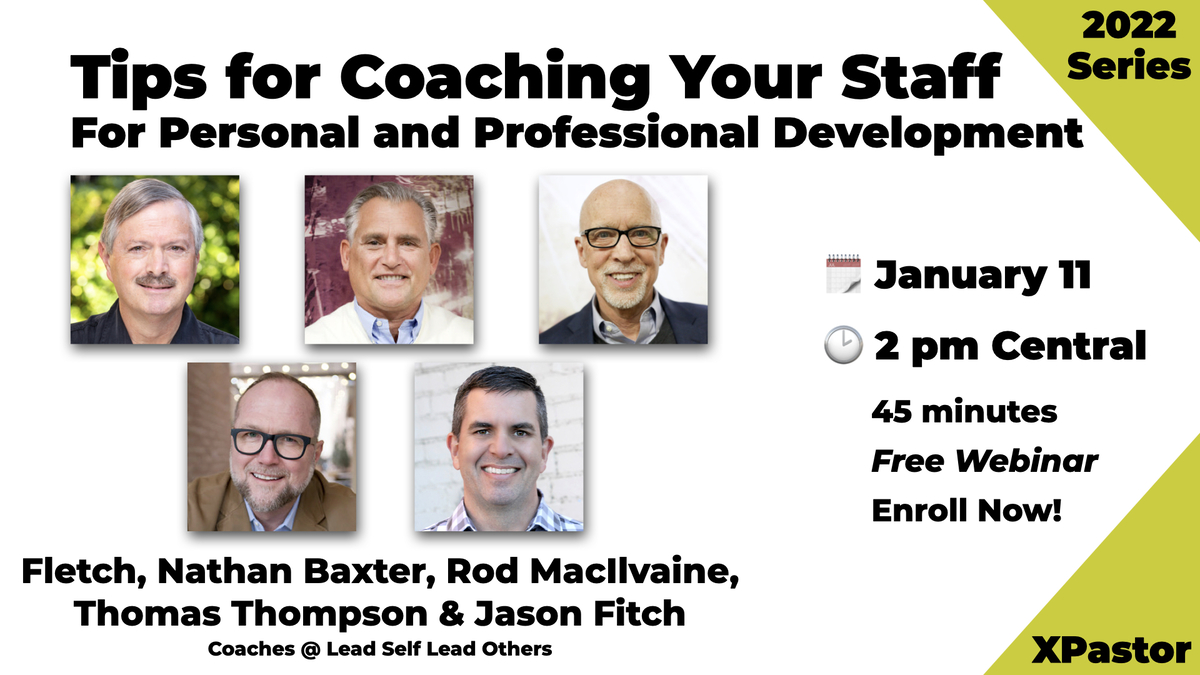Autumn Ridge Church recently celebrated its 150th anniversary; this has provided a wonderful opportunity for us—to remember with gratitude those who have come before us and to look forward to the ways in which God will bless and use us in the future. The pace of change has quickened noticeably in the last twenty-five years, with the development of the worship ministry among the most significant. Celebrating the past has opened our eyes to the potential of the future.
Throughout most of the twentieth century, Autumn Ridge Church (then known as First Baptist Church) had a traditional Baptist approach to worship. A robed choir sang a call to worship, congregational singing was led by an organist, and the central focus of the service was preaching. Congregational service music was taken exclusively from a hymnal. Scripture reading did not follow a prescribed lectionary schedule. Civil calendar holidays were remembered, but there was no recognition of the Christian year beyond the observance of Christmas and Easter Sunday services.
In 1986, First Baptist hired Jeff McNichol, the church’s first full-time minister of music, a seminary graduate who also served as associate pastor. He developed a strong choral ministry and led congregational singing from the podium rather than from the organ. First Baptist had two Sunday morning services and one Sunday evening service at that time. In 1990, Jeff approached the Elder Board with a plan to introduce new worship music into the Sunday night service, renaming the service “First Alive.” He gathered a group of musicians to form a praise band and established a vocal team to assist him in leading worship. This was a groundbreaking event for the church, and 350 people attended the first service. First Alive continued to attract over 200 people through the late 1990’s.
Oreo Worship?
With the passing of time, the contemporary elements of the First Alive service began to be introduced into the Sunday morning worship service. The use of the band in the two morning services had several significant effects. First, the First Alive evening service lost its distinctive flavor, and attendance began to wane. Secondly, the morning services, which had been traditional in style, became more blended, now containing both traditional and contemporary elements. These changes were not universally accepted, and a few people left the church as the services began to reflect a more contemporary style. Worship during this time was like an Oreo cookie; a traditional cookie with a creamy contemporary middle. Services began with a choir processional and call to worship, accompanied by piano and organ. After a pastoral welcome, the congregation would sing several hymns followed by a choir anthem. At this point, a praise band would step into place and the congregation would be led through a set of contemporary worship choruses. Following the sermon, the organ would play the offertory and the congregation would stand to sing a closing hymn.
This approach to worship seemed to give everyone a little bit of what they wanted, as long as they were willing to tolerate the inclusion of some elements that they didn’t particularly care for. Surprisingly, there was general peace in the church throughout this time. Many churches experience significant conflict during times of changing worship styles, but the leadership of the pastors and elders and the overall spiritual maturity of the congregation were stabilizing influences at First Baptist.
If there was any frustration over the prevailing worship style, that energy was creatively channeled in several healthy directions.
First, in a move that typified the church’s blended approach to worship, they concurrently decided to spend $60,000 on a new organ and $50,000 to renovate the stage, installing a 14’x14′ rear projection screen, computer and video projector.
Secondly, the church started a new “GenX” service called “Gravity” on Saturday nights. The service was not held off-site, and various Christian rock bands were hired on a rotation basis to lead the service. The leadership should be commended both for underwriting this courageous approach to evangelism and for knowing when to discontinue the effort when it became clear that the service was not functioning successfully.
The third development of this time period was the decision to begin a third morning worship service. The third service was to be in a new style format, a contemporary service without the choir, organ or other traditional elements. However, as final plans were being made to launch the service, Jeff McNichol resigned to become a Senior Pastor in another state. This effectively ended all plans for the third service as the church searched for a replacement.
First Baptist had always desired worship that was both honoring to God and effective in spreading the gospel. The best method for accomplishing this, however, was a source of great debate. The diversity of opinions about the future of worship style at First Baptist was evident in the composition of the Worship Pastor Search Committee. To their credit, the Elders did not weight the search committee with those who favored either a traditional or contemporary approach to worship, thereby insuring that all the opinions of the congregation were represented. While a diversity of opinions and some level of anxiety regarding the future of worship were present, this was a church with the spiritual maturity to withstand the public discourse of the issues and gradually make the changes necessary to insure unity and progress. This was due to the remarkable longevity of the staff (the Senior Pastor, Associate and Youth Pastor had been on staff for an average of ten years by this time) and the excellent Bible-teaching skills of the Senior Pastor.
A New Worship Pastor
In the fall of 1999, First Baptist hired Bill Price as their new Worship Pastor. While the focus of Bill’s musical training was in choral and orchestra music, he had recently guided his previous church in Washington, DC through a development process similar to that of First Baptist’s. Because of the change in leadership, the church decided to delay the start of the new worship service until 2000.
Some who had witnessed a gradual evolution of style in Sunday worship were concerned about the future direction of worship at First Baptist. As the time approached to begin a third morning worship service in a new style format, the overriding question became, “What will be different about the new service?” There was significant and understandable concern from some that this would be another version of the failed “Gravity” service targeted at Gen-Xer’s or that this service style would represent an unhealthy departure from First Baptist’s beliefs. As a result of his on-going studies in worship theology, Bill redirected the debate, suggesting that a different question may be more helpful: “What will be the same about the new service?” The focus on changing style issues was bound to bring anxiety and disunity, but a focus on our worship values, core beliefs that transcend and inform changing styles, would unify the fellowship and allow a diversity of worship expressions.
Prayer, study and many conversations about worship at First Baptist developed into an articulation of our worship core values. The Elders and staff discussed the values during the summer of 2000, and the values were endorsed as official policy by the Elders. The values were described to the congregation and plans continued to launch the new worship service. For several years after, the list of core values appeared at the top of each worship service script in both the Adoration and Celebration formats. (To diffuse expectations and because the meaning of the words “traditional” and “contemporary” are so subjective, the service led by the choir and orchestra was named the “Adoration Service” and the service led by the band and praise team was called the “Celebration Service.”)
A demo of the Celebration Service was held in the summer of 2000, and the new service formally began in September. The new service was well received, and Sunday morning worship attendance increased to 1,000 in the first six months. During this time, two former worship volunteers who had relocated away from Rochester returned and began assisting Bill with leading worship. Joining the existing group of excellent musicians, Mick Nichols and Mollie Baker’s stage presence was critical to the success of the Celebration Service.
A Fourth Worship Service
In response to the continued growth of the congregation, a fourth worship service was started in September, 2002. This Saturday night service was identical to the Sunday morning Celebration Service, giving the church two services in each format per weekend. The seating capacity of the sanctuary was 450 people, and, as overall attendance for the weekend approached 1,400, the church leadership began exploring the options for building a new sanctuary on the existing property or relocating to a new site. It was deemed unfeasible to build at the current site, and plans for the development of a new facility began in 2003.
Concurrent to the relocation, First Baptist Church renamed itself “Autumn Ridge Church.” While maintaining a commitment to our Baptist theology, the leadership recognized that the word “Baptist” had become an unnecessary barrier to some who would otherwise have attended the church. In a region dominated by Lutherans and Catholics, the word “Baptist” often carries negative connotations.
Relocation and the “Emmaus Service”
Autumn Ridge Church held its first service at the new Salem Road campus on Sunday, December 18, 2005. The new sanctuary seats 1,100 and is designed to be expanded to 2,500 seats in the future. The acoustical design team and media contractors were hired before the architect and general contractors; they successfully created a room where the acoustical/visual environment supports worship rather than detracts from it.
The relocation to Salem Road allowed the church to return to two Sunday morning services; the Adoration Service is held at 9:00 a.m. and the Celebration Service at 10:30. By the fall of 2007, we were again running out of space on Sunday morning. The experience of shifting from two to three morning services on Sunday morning in the former facility convinced us that the better option was to begin a new service on Saturday nights. The creation of a new service was central to the development of a ministry to young adults in Rochester, an area of limited effectiveness in the past. Throughout the summer, meetings with young adults in the church were held to ask, “What does a worship experience look like that would be inviting to you and your friends?” Three distinct mandates arose from these conversations:
- First, they want worship to be authentic, that is, true to who we are as a church. They want a distinctively Christian event that will be appealing to unbelievers, but not necessarily a true “seeker service.”
- Secondly, they want worship that fosters community. They don’t want to be worship spectators; they want to participate in the event, interacting with one another and the worship leaders.
- Third, they want to experience a variety of worship styles. This age group is as diverse as any other, and they don’t want a worship style that simply establishes a different rut. They want loud, celebrative rock; they want meditative, acoustic worship. They want to sing the hymns and experience the depth of meaning expressed there.
The new Saturday night service is called the “Emmaus Service.” Taken from the story of the disciples who met Christ after His resurrection, the byline of the service is An Encounter with the Risen Christ. Observance of Communion is a feature of most of the services and an evening meal following the service allows time for people to fellowship and encourage one another. This service is still developing its distinctive character apart from the Adoration and Celebration Services, and is envisioned as the cornerstone of a developing young adult ministry.
An “XP” and a New Worship Pastor
In September, 2007, Bill Price left his position as Worship Pastor to become the church’s first Executive Pastor. As the church’s first “XP,” his primary responsibilities are leadership development and ministry integration. After conducting a nationwide search for a new full-time Worship Pastor, the Search Committee and Board of Elders have offered the position to Mick Nichols, formerly one of our associate worship leaders. Mick’s theological understanding of worship ministry and his years of successful part-time ministry at Autumn Ridge have prepared him to take on this new role.
We believe that these are the essential components of the role of Worship Pastor:
Theological Leadership
The guidance of scripture is central to both our theological understanding and our practical expression of worship. While innovative and open-minded, Autumn Ridge is not a trendy church. We don’t do things just because they happen to work at another church. New approaches will be willingly embraced if it can be demonstrated that there is sound theological thought and biblical/historical precedence behind the idea. We want to explore new avenues of worship that can be developed in concert with our core values.
Pastoral Leadership
We are not simply looking for a resident musician; an important function of the Worship Pastor is the ability to provide pastoral care to the volunteers who comprise the ministry. The Worship Pastor is involved in the discipleship and spiritual development of the church; music and worship are the avenues that allow that ministry to occur.
Musical Leadership
Autumn Ridge’s Worship Pastor will have the opportunity to work with highly accomplished musicians. This is not the typical church band where the musical expertise is centered on a pianist with other people simply playing along. God has blessed us with studio-quality instrumentalists and vocalists with many years of worship-leading experience. Our Worship Pastor must be an accomplished musician with theoretical and practical musical experience.
Administrative Leadership
As well as working with an extensive team of musical volunteers, the worship pastor will also supervise the work of two administrative assistants, three associate worship leaders and a media director. The effective organization of a comprehensive ministry is essential to this role. Key leadership skills include the ability to recruit, train, delegate and supervise.
Bill Price has a doctorate in worship studies and will continue to design and lead the Adoration Service (led by the choir and orchestra). He will continue to be an important resource for the new Worship Pastor, but the leadership and future development of the worship ministry will be the domain of the Worship Pastor. The Worship Pastor will also work closely with the Senior Pastor, but the Senior Pastor’s involvement in the development of the services is typically limited to scheduling thematic elements and planning seasonal/occasional events.
Life and Ministry in Rochester
The changes that have occurred at Autumn Ridge Church are reflective of the changes in the city of Rochester over the last four decades. For the first one hundred years of its existence, Rochester was dominated by the agricultural industry. Today, Rochester is a growing city of 100,000 and is known internationally as the home of the Mayo Clinic. The Mayo Clinic’s commitment to patient care, research and education have consistently attracted the country’s best doctors, scientists and medical researchers.
Since 1957, Rochester has also been the home of IBM’s largest research and development facility. The evolution of the computer industry in the United States has been furthered by patents developed by IBM research scientists in Rochester.
The influence of these two major industries fosters a social atmosphere that values excellence in education, precise thinking, initiative, achievement and thorough planning. The characteristics supplied by a technologically-focused professional culture are reinforced by the dominant Scandinavian culture.
Because of its unique combination of small town atmosphere and technological and medical excellence, Rochester has been consistently ranked in the top five “Best Places to Live in America” over the past decade.











